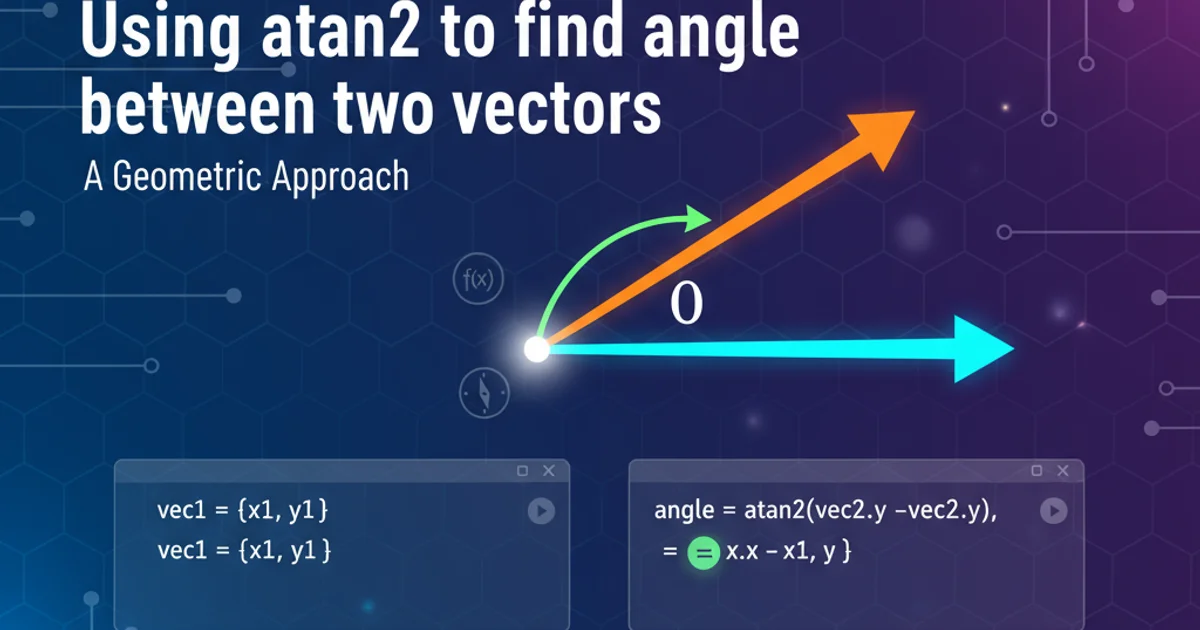Starting with jPOS
Categories:
Getting Started with jPOS: A Comprehensive Guide to ISO 8583 Messaging

Explore the fundamentals of jPOS, an open-source framework for financial transaction processing, and learn how to set up your first ISO 8583 application.
jPOS is a powerful, open-source framework written in Java, designed for processing financial transactions, particularly those using the ISO 8583 messaging standard. It provides a robust and flexible architecture for building payment gateways, transaction switches, and other financial applications. This guide will walk you through the basics of jPOS, from understanding its core components to setting up a simple application.
What is jPOS and ISO 8583?
At its heart, jPOS simplifies the complexities of the ISO 8583 standard. ISO 8583 is an international standard for financial transaction card originated messages, defining a message format for exchanging data between financial institutions. These messages typically include information about the transaction type, amount, card number, and other relevant details. jPOS provides the tools to parse, create, and manage these messages efficiently, abstracting away much of the low-level byte manipulation.
flowchart TD
A[Cardholder Initiates Transaction] --> B{POS Terminal Captures Data}
B --> C[POS Sends ISO 8583 Message to Acquirer]
C --> D{Acquirer Routes Message via jPOS}
D --> E[jPOS Parses Message]
E --> F[jPOS Forwards to Issuer]
F --> G{Issuer Authorizes/Declines}
G --> H[Issuer Sends Response via jPOS]
H --> I[jPOS Forwards Response to Acquirer]
I --> J[Acquirer Sends Response to POS]
J --> K[Transaction Complete]Simplified ISO 8583 Transaction Flow with jPOS
Key Components of jPOS
jPOS is built around several core components that work together to handle ISO 8583 messages. Understanding these components is crucial for effective development:
- Q2 (Queue 2): The core message processing engine. It's a highly configurable component that manages message routing, logging, and transaction state.
- Packagers: These are responsible for converting ISO 8583 messages from their raw byte format into a structured object representation (and vice-versa). jPOS supports various ISO 8583 versions and custom formats.
- Channels: Handle the communication layer, allowing jPOS applications to send and receive messages over different network protocols (e.g., TCP/IP, SSL).
- Loggers: Provide detailed logging capabilities, essential for debugging and auditing financial transactions.
- MBeans: jPOS leverages JMX (Java Management Extensions) for monitoring and managing applications at runtime.
Setting Up Your First jPOS Application
To get started with jPOS, you'll typically need to include the jPOS library in your Java project. While jPOS can be used in various ways, a common approach involves configuring an XML-based Q2 server to handle message routing and processing. This example will focus on a basic setup using Maven.
1. Step 1: Create a Maven Project
Start by creating a new Maven project. You can use your IDE or the command line.
2. Step 2: Add jPOS Dependency
Add the jPOS dependency to your pom.xml file. Ensure you use the latest stable version.
3. Step 3: Create a Q2 Configuration File
Create a deploy directory in your project's src/main/resources folder. Inside deploy, create an XML file (e.g., 00_logger.xml) to configure a basic logger for Q2.
4. Step 4: Initialize and Start Q2
Write a simple Java class to initialize and start the Q2 server. This will load your configurations and start the jPOS components.
<!-- src/main/resources/deploy/00_logger.xml -->
<logger name="Q2" class="org.jpos.util.SimpleLogSource" realm="q2">
<property name="log-level" value="info"/>
<property name="output" value="System.out"/>
</logger>
Basic jPOS Logger Configuration for Q2
import org.jpos.q2.Q2;
public class SimpleJPOSApp {
public static void main(String[] args) {
System.out.println("Starting jPOS Q2...");
Q2 q2 = new Q2();
q2.start();
System.out.println("jPOS Q2 started. Press Ctrl+C to exit.");
// Keep the main thread alive
try {
Thread.currentThread().join();
} catch (InterruptedException e) {
Thread.currentThread().interrupt();
}
}
}
Minimal Java application to start jPOS Q2
deploy directory, including channels, packagers, and message handlers, to define how your jPOS instance processes ISO 8583 messages.